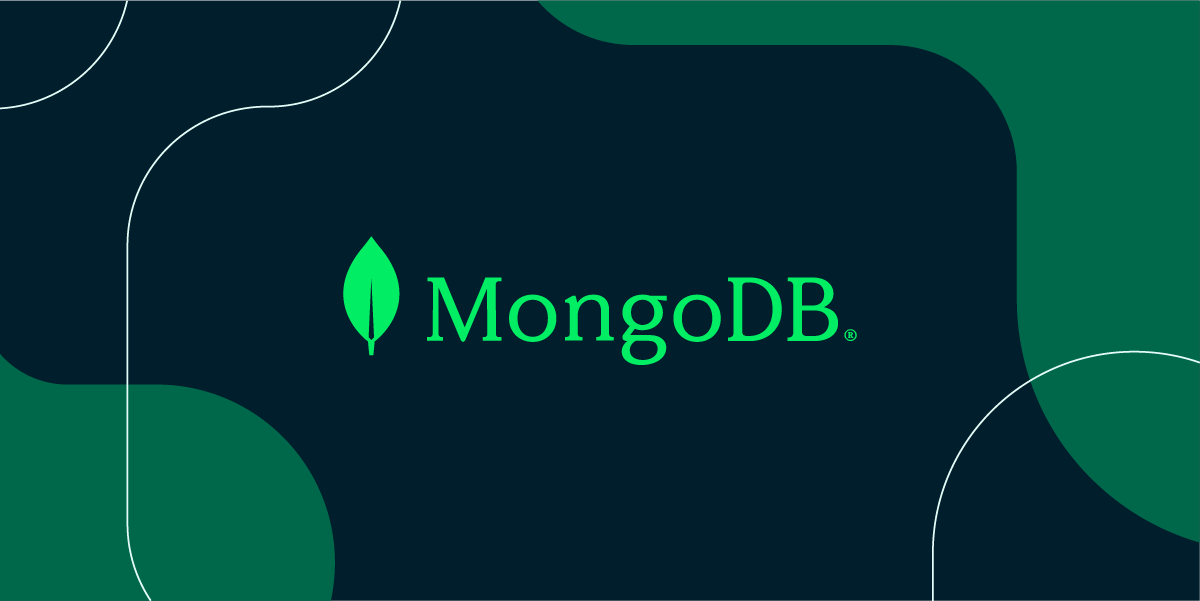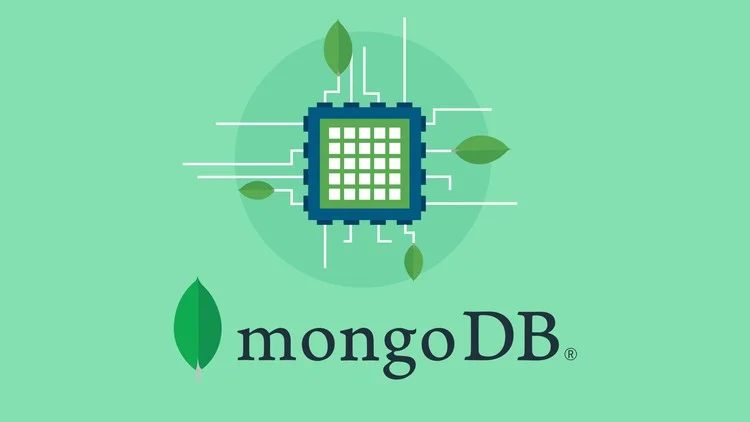MongoDB is suitable for content management and directory storage, because its document structure naturally supports JSON format hierarchical data and flexibly expands fields without predefined table structure; 2. Suitable for real-time analysis and log processing, and can efficiently process high-throughput data and generate real-time insights with time series collections and aggregation pipelines; 3. Good at user data management and personalized recommendations, and supports heterogeneous user documents, geospatial indexes and change flows to achieve cross-device synchronization; 4. Suitable for mobile and gaming applications, offline priority and low-latency data synchronization is achieved through Realm built in MongoDB Atlas, to meet the needs of fast iteration and expansion - in short, MongoDB is ideal when data is semi-structured, frequently changed or horizontally expands.

MongoDB is a flexible, scalable, document-oriented NoSQL database that's widely used across industries. Here are some of the most common use cases where MongoDB shines:

1. Content Management & Catalogs
Websites, e-commerce platforms, and media companies often use MongoDB to store product catalogs, blog posts, or user-generated content.
- Documents naturally map to JSON, making it easy to store rich, hierarchical data like product specs, categories, and tags.
- Schema flexibility lets you add new fields (like “color” or “size”) without altering the entire structure—perfect for evolving product lines.
- Fast queries on nested fields (eg,
products.specs.weight) help filter results in real time.
2. Real-Time Analytics & Logging
MongoDB handles high-volume, time-sensitive data like user events, logs, or IoT sensor readings.

- Time-series collections (introduced in MongoDB 5.0 ) optimize storage and query performance for timestamped data.
- Aggregation pipelines let you process and summarize data on the fly—great for dashboards or alerts.
- Example: Track user clicks per minute, then aggregate hourly to spot traffic spikes.
3. User Data & Personalization
Storing user profiles, preferences, and session data is a natural fit.
- Each user document can have a unique set of fields (eg, some users have social logins, others don't).
- Geospatial indexing helps with location-based features (like “find nearby friends”).
- Combine with change streams to trigger real-time updates (eg, sync a user's cart across devices).
4. Mobile and Gaming Apps
Apps that need offline support or fast sync often use MongoDB Realm (now part of MongoDB Atlas).

- Device-local data syncs automatically when online.
- Flexible schema adapts as app features evolve (eg, adding new game levels or user stats).
- Low-latency reads/writes keep gameplay smooth.
Why It Works
- No rigid schema = faster iteration.
- Horizontal scaling (sharding) handles growth.
- Rich query language supports complex filters, text search, and geospatial ops.
Basically, if your data is semi-structed, changes often, or needs to scale fast—MongoDB's probably a solid choice.
The above is the detailed content of Common MongoDB Use Cases. For more information, please follow other related articles on the PHP Chinese website!

Hot AI Tools

Undress AI Tool
Undress images for free

Undresser.AI Undress
AI-powered app for creating realistic nude photos

AI Clothes Remover
Online AI tool for removing clothes from photos.

Clothoff.io
AI clothes remover

Video Face Swap
Swap faces in any video effortlessly with our completely free AI face swap tool!

Hot Article

Hot Tools

Notepad++7.3.1
Easy-to-use and free code editor

SublimeText3 Chinese version
Chinese version, very easy to use

Zend Studio 13.0.1
Powerful PHP integrated development environment

Dreamweaver CS6
Visual web development tools

SublimeText3 Mac version
God-level code editing software (SublimeText3)
 How can MongoDB security be enhanced through authentication, authorization, and encryption?
Jul 08, 2025 am 12:03 AM
How can MongoDB security be enhanced through authentication, authorization, and encryption?
Jul 08, 2025 am 12:03 AM
MongoDB security improvement mainly relies on three aspects: authentication, authorization and encryption. 1. Enable the authentication mechanism, configure --auth at startup or set security.authorization:enabled, and create a user with a strong password to prohibit anonymous access. 2. Implement fine-grained authorization, assign minimum necessary permissions based on roles, avoid abuse of root roles, review permissions regularly, and create custom roles. 3. Enable encryption, encrypt communication using TLS/SSL, configure PEM certificates and CA files, and combine storage encryption and application-level encryption to protect data privacy. The production environment should use trusted certificates and update policies regularly to build a complete security line.
 What are the limitations of MongoDB's free tier offerings (e.g., on Atlas)?
Jul 21, 2025 am 01:20 AM
What are the limitations of MongoDB's free tier offerings (e.g., on Atlas)?
Jul 21, 2025 am 01:20 AM
MongoDBAtlas' free hierarchy has many limitations in performance, availability, usage restrictions and storage, and is not suitable for production environments. First, the M0 cluster shared CPU resources it provides, with only 512MB of memory and up to 2GB of storage, making it difficult to support real-time performance or data growth; secondly, the lack of high-availability architectures such as multi-node replica sets and automatic failover, which may lead to service interruption during maintenance or failure; further, hourly read and write operations are limited, the number of connections and bandwidth are also limited, and the current limit can be triggered; finally, the backup function is limited, and the storage limit is easily exhausted due to indexing or file storage, so it is only suitable for demonstration or small personal projects.
 What is the difference between updateOne(), updateMany(), and replaceOne() methods?
Jul 15, 2025 am 12:04 AM
What is the difference between updateOne(), updateMany(), and replaceOne() methods?
Jul 15, 2025 am 12:04 AM
The main difference between updateOne(), updateMany() and replaceOne() in MongoDB is the update scope and method. ① updateOne() only updates part of the fields of the first matching document, which is suitable for scenes where only one record is modified; ② updateMany() updates part of all matching documents, which is suitable for scenes where multiple records are updated in batches; ③ replaceOne() completely replaces the first matching document, which is suitable for scenes where the overall content of the document is required without retaining the original structure. The three are applicable to different data operation requirements and are selected according to the update range and operation granularity.
 How can documents be effectively deleted using deleteOne() and deleteMany()?
Jul 05, 2025 am 12:12 AM
How can documents be effectively deleted using deleteOne() and deleteMany()?
Jul 05, 2025 am 12:12 AM
Use deleteOne() to delete a single document, which is suitable for deleting the first document that matches the criteria; use deleteMany() to delete all matching documents. When you need to remove a specific document, deleteOne() should be used, especially if you determine that there is only one match or you want to delete only one document. To delete multiple documents that meet the criteria, such as cleaning old logs, test data, etc., deleteMany() should be used. Both will permanently delete data (unless there is a backup) and may affect performance, so it should be operated during off-peak hours and ensure that the filtering conditions are accurate to avoid mis-deletion. Additionally, deleting documents does not immediately reduce disk file size, and the index still takes up space until compression.
 Can you explain the purpose and use cases for TTL (Time-To-Live) indexes?
Jul 12, 2025 am 01:25 AM
Can you explain the purpose and use cases for TTL (Time-To-Live) indexes?
Jul 12, 2025 am 01:25 AM
TTLindexesautomaticallydeleteoutdateddataafterasettime.Theyworkondatefields,usingabackgroundprocesstoremoveexpireddocuments,idealforsessions,logs,andcaches.Tosetoneup,createanindexonatimestampfieldwithexpireAfterSeconds.Limitationsincludeimprecisedel
 How does MongoDB handle time series data effectively, and what are time series collections?
Jul 08, 2025 am 12:15 AM
How does MongoDB handle time series data effectively, and what are time series collections?
Jul 08, 2025 am 12:15 AM
MongoDBhandlestimeseriesdataeffectivelythroughtimeseriescollectionsintroducedinversion5.0.1.Timeseriescollectionsgrouptimestampeddataintobucketsbasedontimeintervals,reducingindexsizeandimprovingqueryefficiency.2.Theyofferefficientcompressionbystoring
 What are roles and privileges in MongoDB's Role-Based Access Control (RBAC) system?
Jul 13, 2025 am 12:01 AM
What are roles and privileges in MongoDB's Role-Based Access Control (RBAC) system?
Jul 13, 2025 am 12:01 AM
MongoDB's RBAC manages database access through role assignment permissions. Its core mechanism is to assign the role of a predefined set of permissions to the user, thereby determining the operations and scope it can perform. Roles are like positions, such as "read-only" or "administrator", built-in roles meet common needs, and custom roles can also be created. Permissions are composed of operations (such as insert, find) and resources (such as collections, databases), such as allowing queries to be executed on a specific collection. Commonly used built-in roles include read, readWrite, dbAdmin, userAdmin and clusterAdmin. When creating a user, you need to specify the role and its scope of action. For example, Jane can have read and write rights in the sales library, and inve
 What is the MongoDB Shell (mongosh), and what are its primary functions for database administration?
Jul 09, 2025 am 12:43 AM
What is the MongoDB Shell (mongosh), and what are its primary functions for database administration?
Jul 09, 2025 am 12:43 AM
MongoDBShell (mongosh) is a JavaScript-based command line tool for interacting with MongoDB databases. 1. It is mainly used to connect to MongoDB instances. It can be started through the command line and supports local or remote connections. For example, using mongosh "mongodb srv://..." to connect to the Atlas cluster and switch the database through use. 2. Support CRUD operations, including inserting, querying, updating and deleting documents, such as insertOne() inserting data and find() querying data that meets the conditions. 3. Provide database management functions, such as listing all databases, viewing collections, creating or deleting






